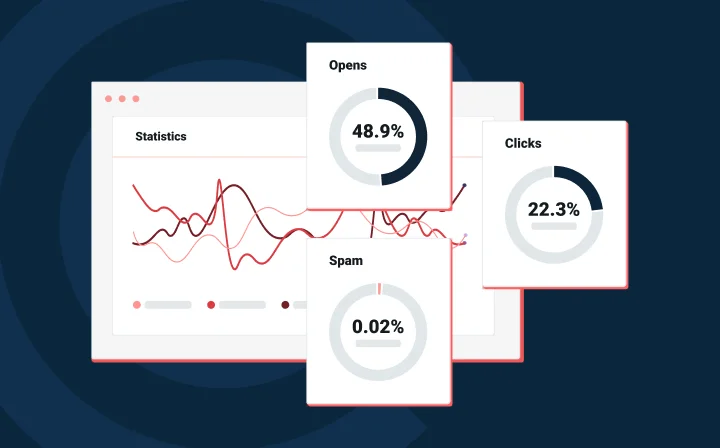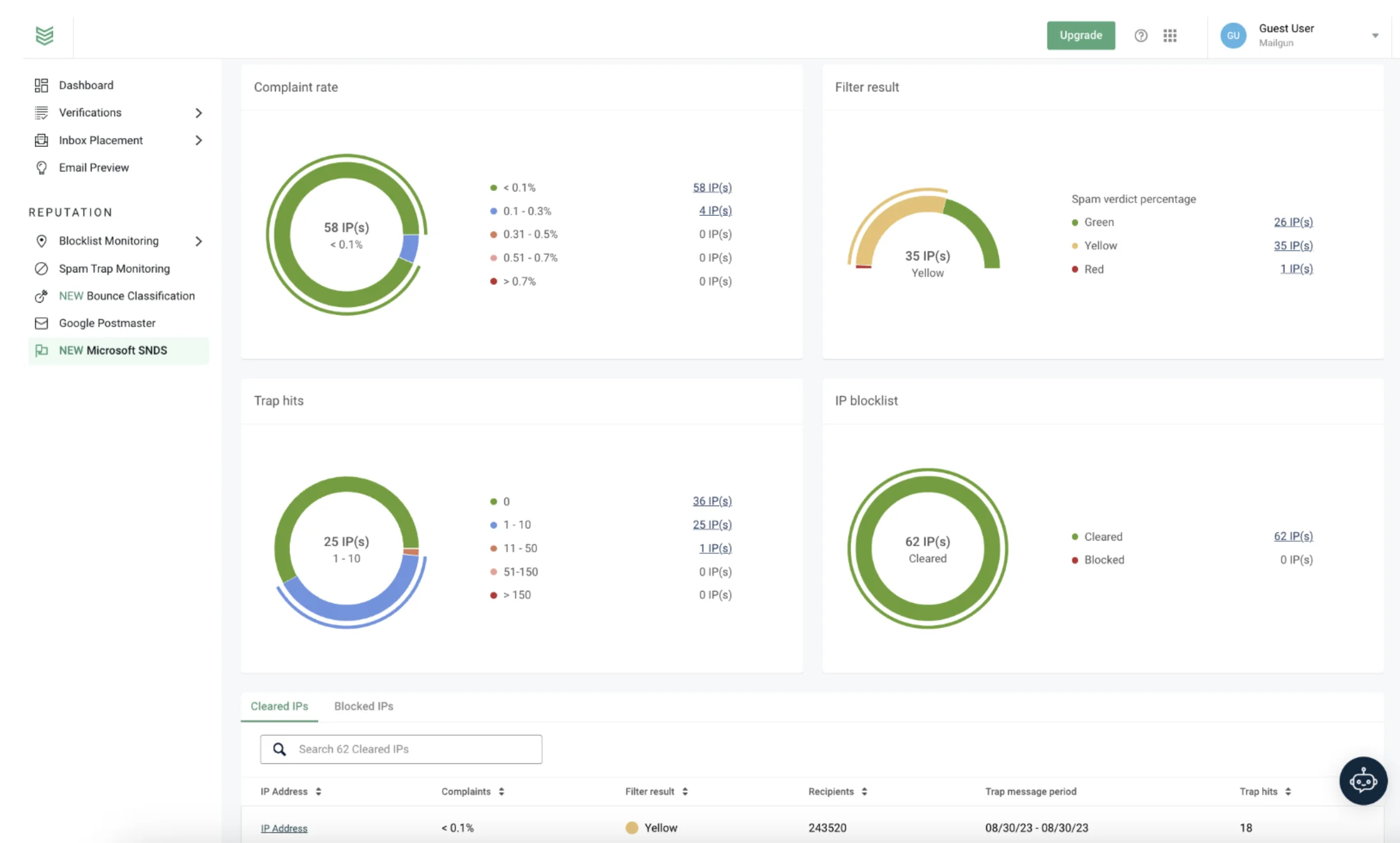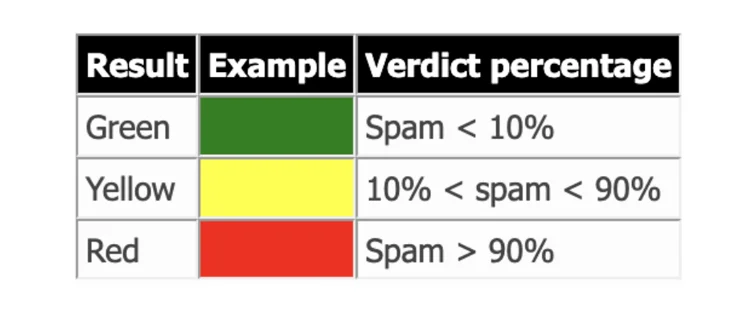Deliverability
Getting started with Microsoft SNDS: Sender reputation

Deliverability

Email deliverability relies heavily on sender reputation, but how do you monitor a reputation? The answer, of course, is it depends.
When it comes to the world of mailbox providers like Outlook or Hotmail, Microsoft SNDS (Smart Network Data Service) is the answer. Here’s how to leverage it.
Microsoft Smart Network Data Services (SNDS) is a service designed to monitor and manage sender reputation by providing high-level insights on spam complaints, spam trap hits, and SmartScreen filter results – basically reporting on the metrics related to how subscribers interact with the messages you send.
Having comprehensive data is great, but why should you use Microsoft SNDS specifically? What’s the advantage over general email metrics that you may already have in your dashboard? The short answer is that SNDS provides really useful data about your Microsoft audiences.
Is most of your user subscription base Outlook or Hotmail? If yes, Microsoft SNDS helps you get granular with your email program and leverage metrics to optimize your email campaigns, improve deliverability, and ensure your messages reach the inbox.
Microsoft SNDS provides data based on traffic for verified IP addresses like send volume and complaints. In other words, SDNS analyzes log data from inbound mail servers and spits out metrics based on all of the recorded activity originating from that IP.

Sender reputation is the credibility of an email sender in the eyes of internet service providers (ISPs) and email clients. It directly impacts email deliverability rates.
Several factors influence sender reputation, including send volume, spam complaints, bounce rates, authentication, and user engagement. SNDS monitors traffic and activity revolving around your specific IP addresses and the messages that are sent to Microsoft mailbox users.
Microsoft, while a massive mailbox provider, is not the only horse in the race, and contact lists often have a combination of them that you need to monitor. Google, for example, has something similar for Gmail with Google Postmaster Tools.
With these big providers having their own protocols and standards, it can sometimes be difficult to paint the full picture. The best way we know to merge insights from these tools is to find an ESP that integrates metrics into a single dashboard.
Once you get set up and running, SNDS provides insight into several data points organized across different Postmaster Tools dashboards:
You may already be familiar with some of these metrics, but below, we’ll discuss each one in more detail.
SNDS will provide separate metrics for your validated IP address(es), including the number of messages sent from your IP to Outlook or Hotmail recipients. An SNDS tip on sending though is that in order to get the full power of metric reporting from SNDS, IPs need to send more than 100 messages on a given day or traffic and spam data might not be displayed, making this a great tool for higher volume senders.
The number of recipients on messages transmitted by your IP is an interesting metric. If you’re a reputable sender following best practices, a large discrepancy between the number of messages transmitted and the number of RCPT commands sent by your IP can indicate issues such as out of date mailing lists, namespace mining, or other signs of spamming.
SNDS aggregates your spam filtering results in a friendly color-coded graph. SNDS sorts this data by looking at the percent of time a spam verdict was rendered on a message.
In other words, the filtering does not include messages that are suspected as spam, only those that meet all of the Microsoft criteria to be definitively labeled as spam.

SNDS defines a complaint rate as the fraction of time that a message received from the IP is complained about by a Hotmail, Outlook, or Windows Live user.
In general, complaint rates are really revealing since they require user action and aren’t automated like spam filtering. When it comes to complaints, a lot of actions count. For example, every time a user marks the message as spam or puts it in the junk folder it triggers a complaint.
Spam trap accounts are exactly what they sound like – accounts maintained by the mailbox provider that don’t ever solicit or subscribe to any emails and are just meant to catch suspicious sender behavior. The idea is that any messages sent to these trap accounts are probably spam, and are therefore blocked from the inboxes of valid recipients.
Spam trap accounts aren’t perfect though, and sometimes your legitimate messages can end up here. How? Probably because you’ve either bought an email list, or you aren’t practicing good list hygiene. Keeping your mailing list updated can solve a lot of your sender reputation problems.
Maintaining a strong sender reputation is the best way to impact your deliverability. Microsoft SNDS offers valuable insights and metrics to monitor and improve your reputation based on how your recipients engage – if they are Microsoft mailbox users.
Mailgun now offers an integration with SNDS, so you can view these key metrics alongside the rest of your account metrics for a full detailed view. Interested? Check out Mailgun Optimize.